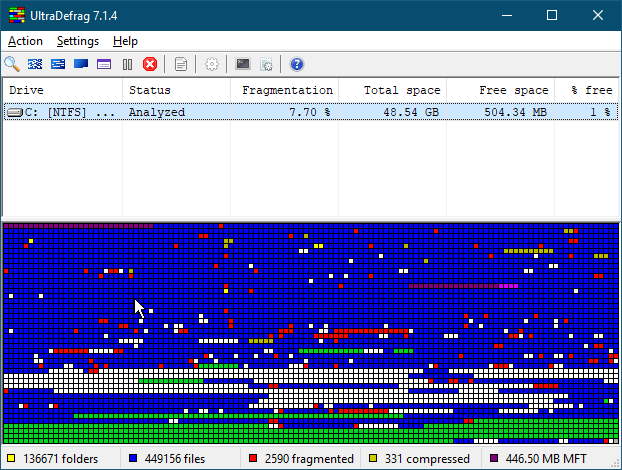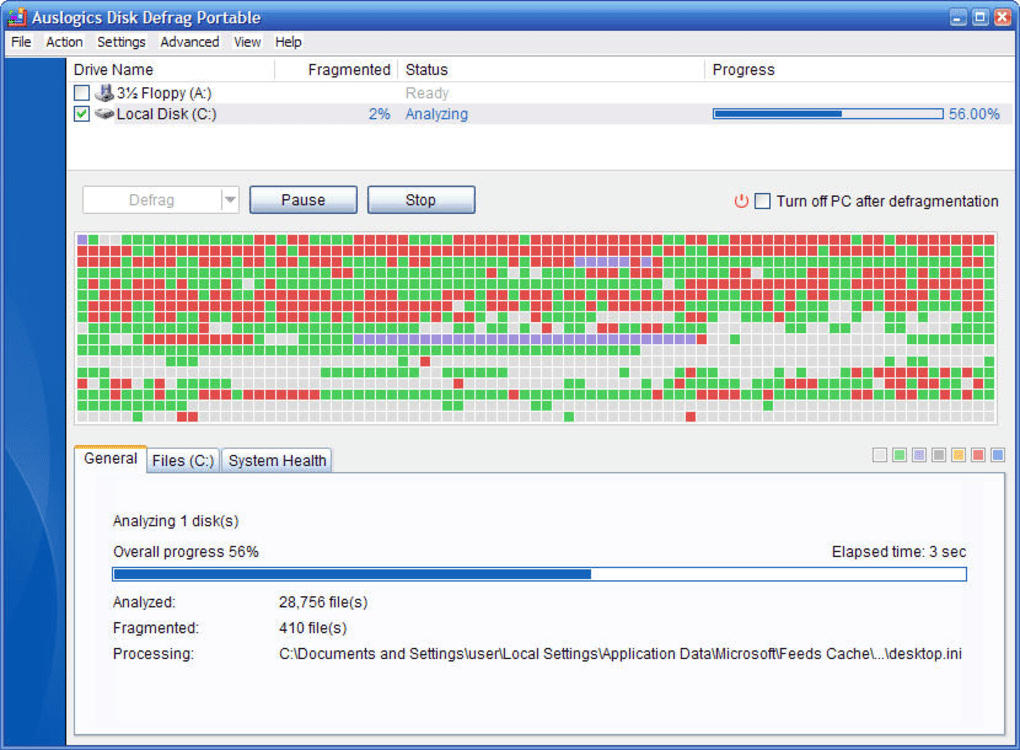

Schedule defragmentation at regular time intervals.Stealth defrag mode (faster and uses little memory).attributions and test the HDDs performance.


The graphics of these programs really do not show much about what is actually being done. MyDefrag just tells it what to move and where to move it.įor me, it is difficult to judge the effectiveness of a defragmenter. MyDefrag should be pretty safe to use since it uses the Windows API to actually move the files. You can create your own scripts if preferred. MyDefrag comes with a number of pre-designed scripts which direct the specifics of how theĭefrag will be performed. There is a GUI that acts as a kind of front end for MyDefrag, however I don't use it.

If the built-in Windows offerings are working for you and offer everything you want and need, then there really is no need to use something else. From experience, I know that the built-in tools work just fine, but I like something that works just a bit better, for me, personally. For me personally, I like to use 3rd party for just about everything in Windows: I don't use the built-in DVD maker, I don't use Windows Media Player, I don't use Internet Explorer, I don't use the built-in Windows defrag program, etc (but I do use Paint LOL ). It's a great free defrag that has more options than most other free apps. Also, I have no idea what "It comes with other Utilities packages" means. I used it on my home PC for at least 2 years and it performed perfectly. Auslogics has a pretty good rating here at MG and this is, without a doubt, the first that I've heard of Auslogics actually causing more problems.


 0 kommentar(er)
0 kommentar(er)
